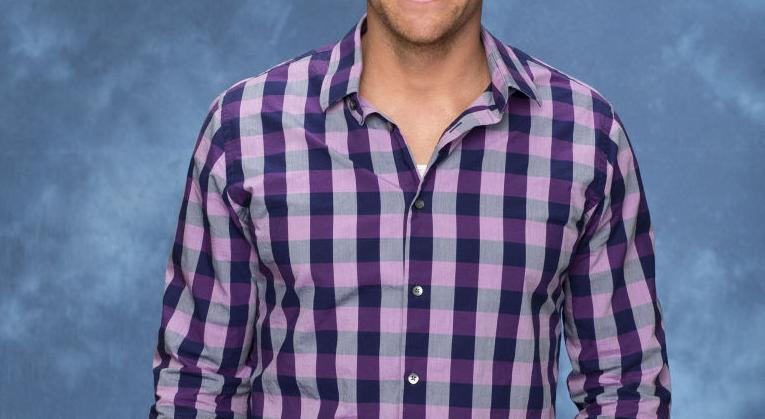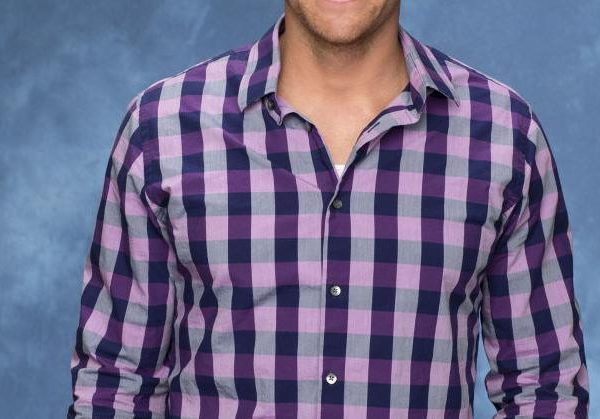
Gazing into the abyss the office bathroom mirror at the end of the day, you might find that over the course of the day, your nice semi-spread collar, unbound by a necktie (just a regular day at the office after all) has taken flight. The collar that stood tall and neatly framed your face when you left the house has deflated and spread out, the points curled, the placket floppy. Why is that? What can you do about it?
Why Collars Sag
Dress shirt collars are primarily designed to look their best when buttoned up and threaded with a necktie. Unbuttoned and tieless, as most men wear them in the office today (including me), gravity takes hold. Over the course of the day, the collar’s weight on the placket, and the natural spring of the collar band to want to open up, causes the placket to twist and fold outward and the collar to sag and spread.
The problem is compounded when finer fabrics and certain details are used. Few fabrics are strong when you apply force across their plane. But a lightweight, silkier cotton fabric has even less compressive strength than a heavier, more roughly woven one (disclaimer–I’m not an engineer). There are good reasons to wear a smoothly finished twill dress shirt, but such a shirt won’t necessarily hold up an open collar.
Likewise a French placket may not hold up as well as a standard placket.
Construction matters as well–many collars and plackets are fused these days and fusing can potentially add helpful strength in some places (stronger placket) and less helpful strength in others (collar wants to open up). Look out for a follow-up post on construction choices that affect your collar.
It also helps to buy a collar that fits well—shirts worn open will naturally roll to the first buttoned button on the placket, and that pull will be accentuated on a shirt that’s too small.

What Can You Do about It?
Buy beefier shirts—if you plan to wear a shirt without a tie most of the time, buy shirts made for such wear. Avoid sheen-y twills and light poplins, which can be great but aren’t always a good match for an open collar. Buy springier (in nature, not in season) fabrics like oxford cloth.
Buy different collar styles—button-down collars are not immune to flopping and opening up, but in general you can trust a button-down to behave. That’s one of the reasons it’s such a common option on casual shirts. Some spread collars, despite being a somewhat formal style, will also stay put, but it can be hard to tell how the collar will work until you wear it. Generally, look for a smaller spread collar.
Wear a jacket—if you’re going to wear your collar open (without a tie), the lapels of a jacket can keep a spreading collar in check. A cardigan or other sweater can help, too.
Wear collar stays—Over the years multiple people have pointed to collar stays as a solution for taming a flyaway collar. And they can indeed help a collar leaf keep its shape and not curl. But in the absence of anything else holding the collar leaf close, stays won’t necessarily keep your collar shape all day.








